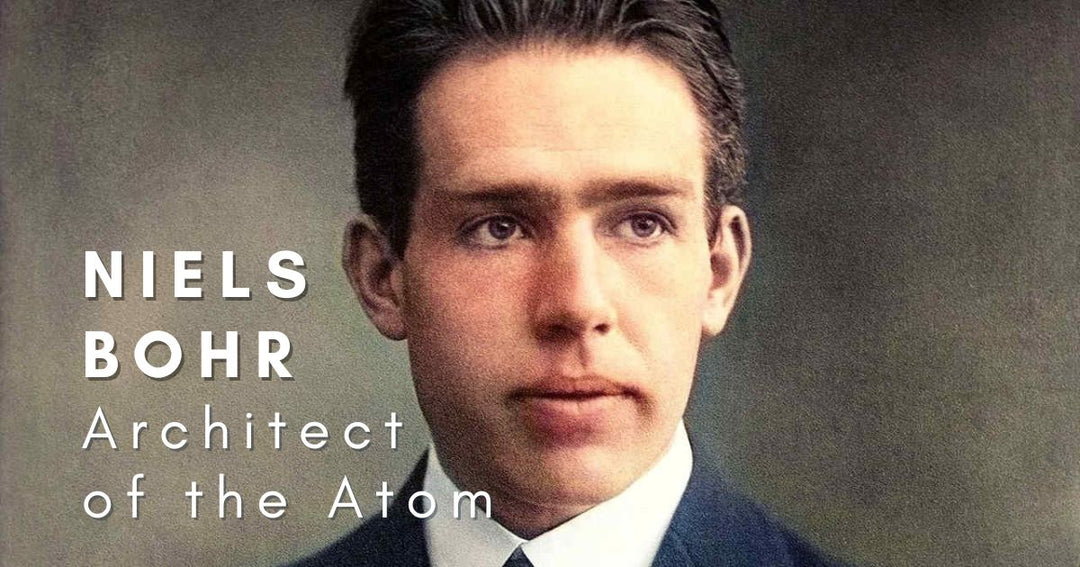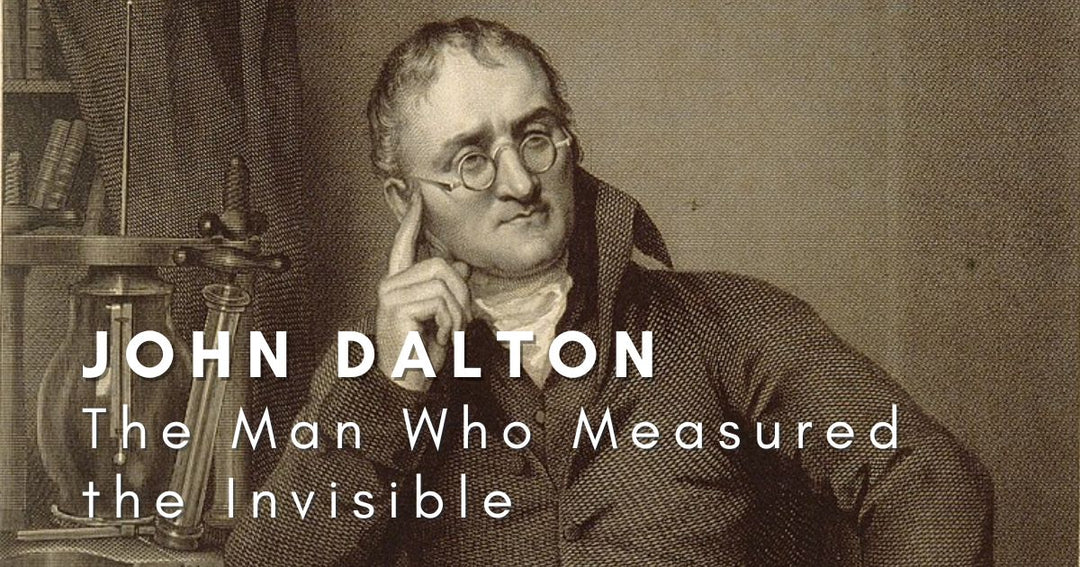Einstein's Miracle Year

In 1905, unknown 26 year old Albert Einstein posted 4 papers to the Annalen der Physik that changed our understanding of light, matter, space and time.
- The 1st won him a Nobel Prize
- The 2nd proved the existence of atoms
- The 3rd, Special Relativity
- And the 4th, E=mc2
Bern, Switzerland, 1905
By 1905 Einstein finished his PhD and after a string of failed applications to academic jobs, he settled as a patent clerk in Bern, Switzerland with his passion for physics being relegated to a pursuit undertaken during his free time.
But by the end of the year this part time physicist had published four papers becoming the greatest scientist alive.
March: the Photoelectric Effect
For over 200 years physicists were convinced that light was a wave, with the different wavelengths corresponding to different colours. However, the discovery of the photoelectric effect showed that light doesn’t always behave as a wave. To solve this contradiction Einstein proposed that light “consists of a finite number of energy quanta”. In other words, light is not a wave, nor a particle, but “packets” of energy, called photons. This leap in imagination earned Einstein a Nobel Prize in 1921 for his discovery.
To solve this contradiction Einstein proposed that light “consists of a finite number of energy quanta”. In other words, light is not a wave, nor a particle, but “packets” of energy, called photons. This leap in imagination earned Einstein a Nobel Prize in 1921 for his discovery.
April: Are Atoms Real?
To physicists pre 1905 atoms were thought of as a concept and used as a placeholder for explaining the nature of matter. It wasn’t until Einstein studied Brownian Motion that the existence of atoms was accepted.
When a particle is suspended in a medium such as water it will move at random with the movement caused by the atoms within the medium knocking against it, known as Brownian motion.  Einstein concluded that the mathematical explanation for this proved the existence of atoms and his work allowed physicists and chemists to precisely determine the presence and energies of atoms, thus cementing them as real entities.
Einstein concluded that the mathematical explanation for this proved the existence of atoms and his work allowed physicists and chemists to precisely determine the presence and energies of atoms, thus cementing them as real entities.
June: Special Relativity
For 220 years Newton’s Laws of Motion solved nearly all problems regarding the movement of objects apart from those that involved light. To account for this discrepancy physicists proposed that light moved through a medium they called “the Aether”. The existence of the aether proved elusive and Michaelson and Morley’s experiments in 1887 to detect it proved two things
1. The aether didn’t exist.
2. Light moved through a vacuum in space.
Classical physics had no explanation for this
Einstein proposed that light is a constant and that regardless of the speed an object moves at, light always travels at a constant speed. This led to profound consequences in that if light is a constant, time will slow when an object is travelling at speeds relative to an object at rest.
September: E = mc2
Having established light as a constant, in September Einstein posted his fourth paper to the Annalen der Physik. His 3 page paper showed that mass and energy are different forms of the same thing, leading to the most recognisable equation in history, E= mc2. This simple equation explains why stars shine and ushered in the atomic age by demonstrating how much energy is contained and can therefore be released within a small mass.
This simple equation explains why stars shine and ushered in the atomic age by demonstrating how much energy is contained and can therefore be released within a small mass.
Along with Newton’s 1665, Einstein’s 1905 ranks amongst those in which mankind made our greatest leaps forwards in the understanding of our Universe.
And, his greatest work, General Relativity, was yet to come…







Leave a comment